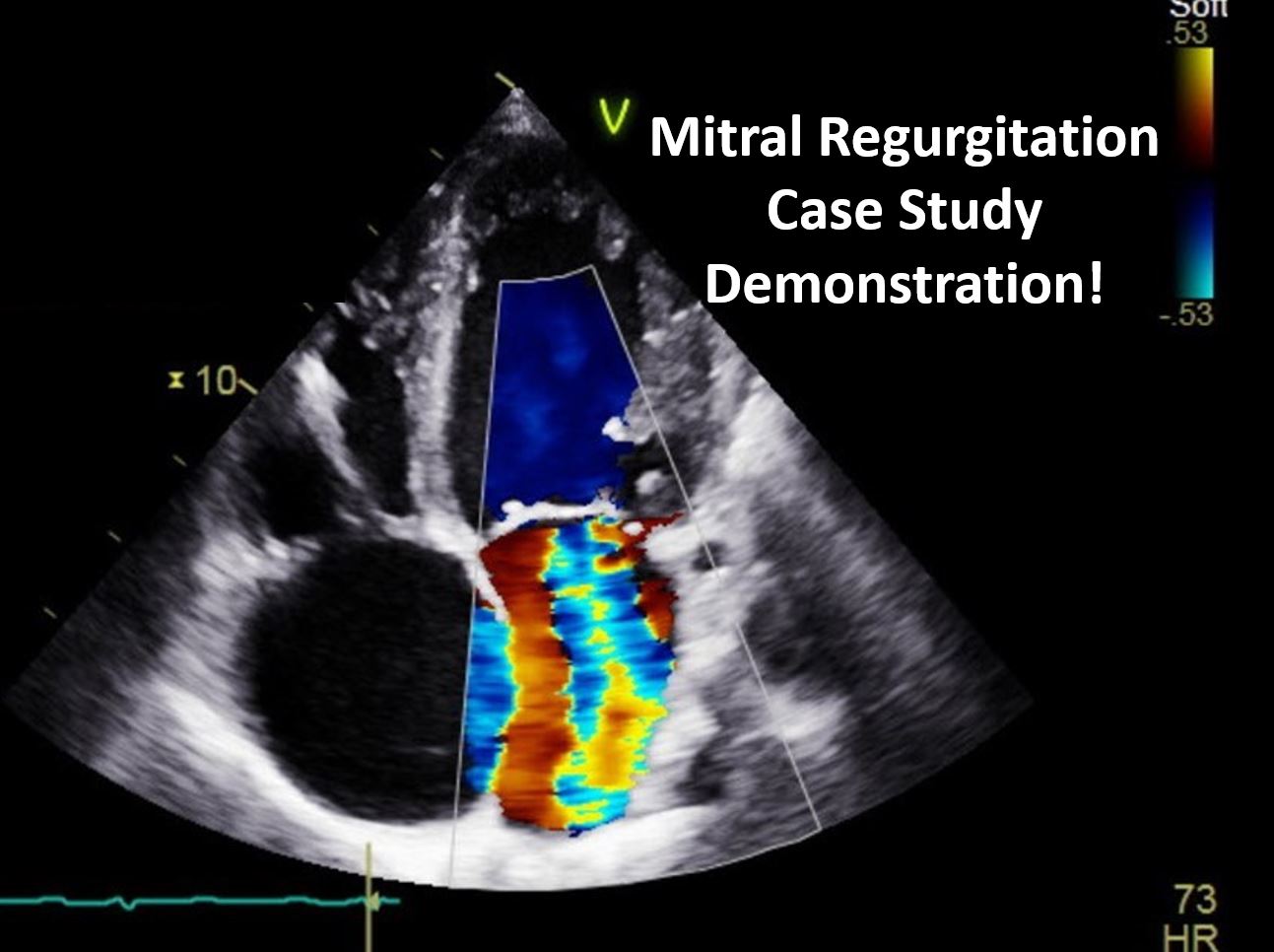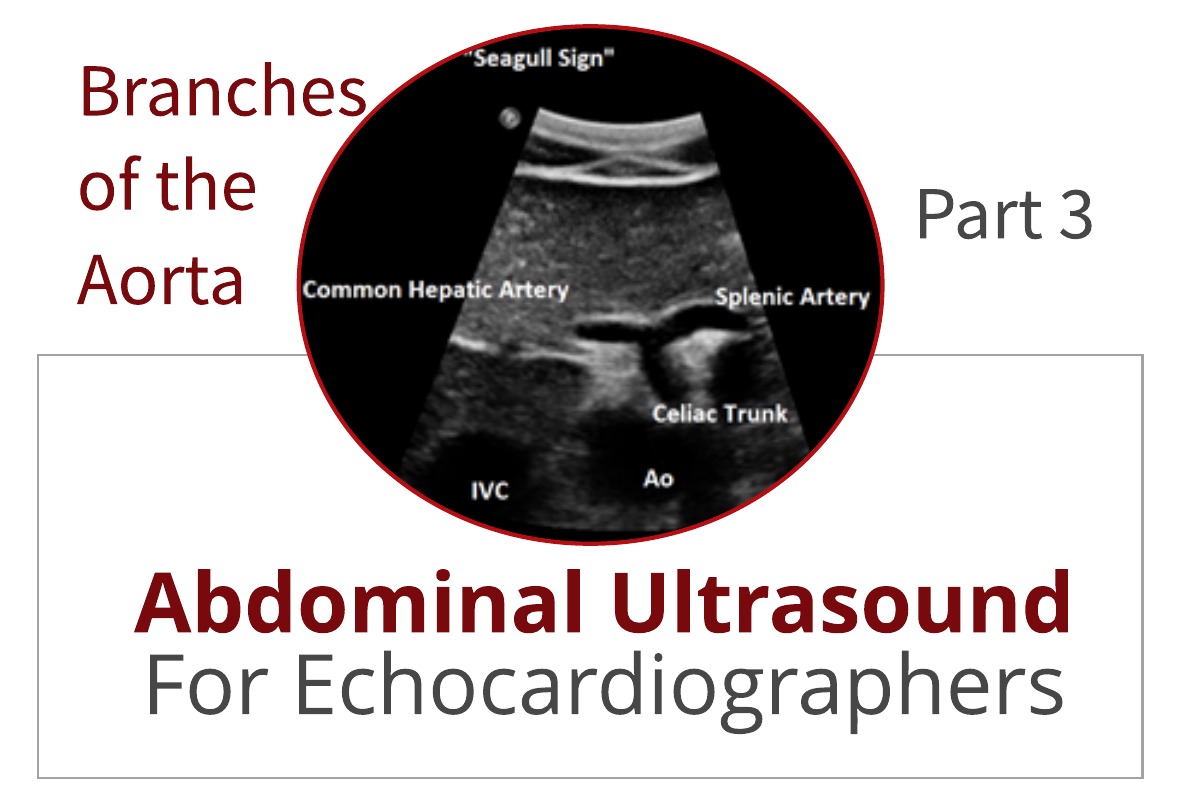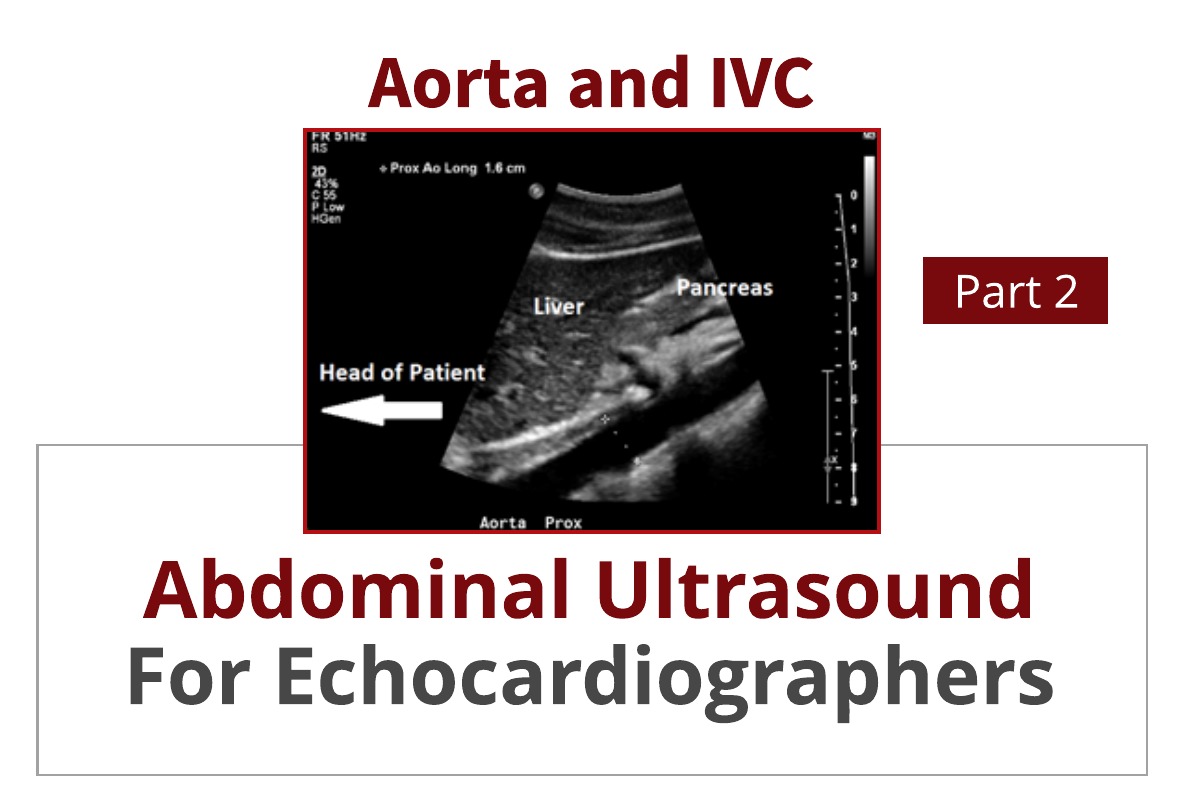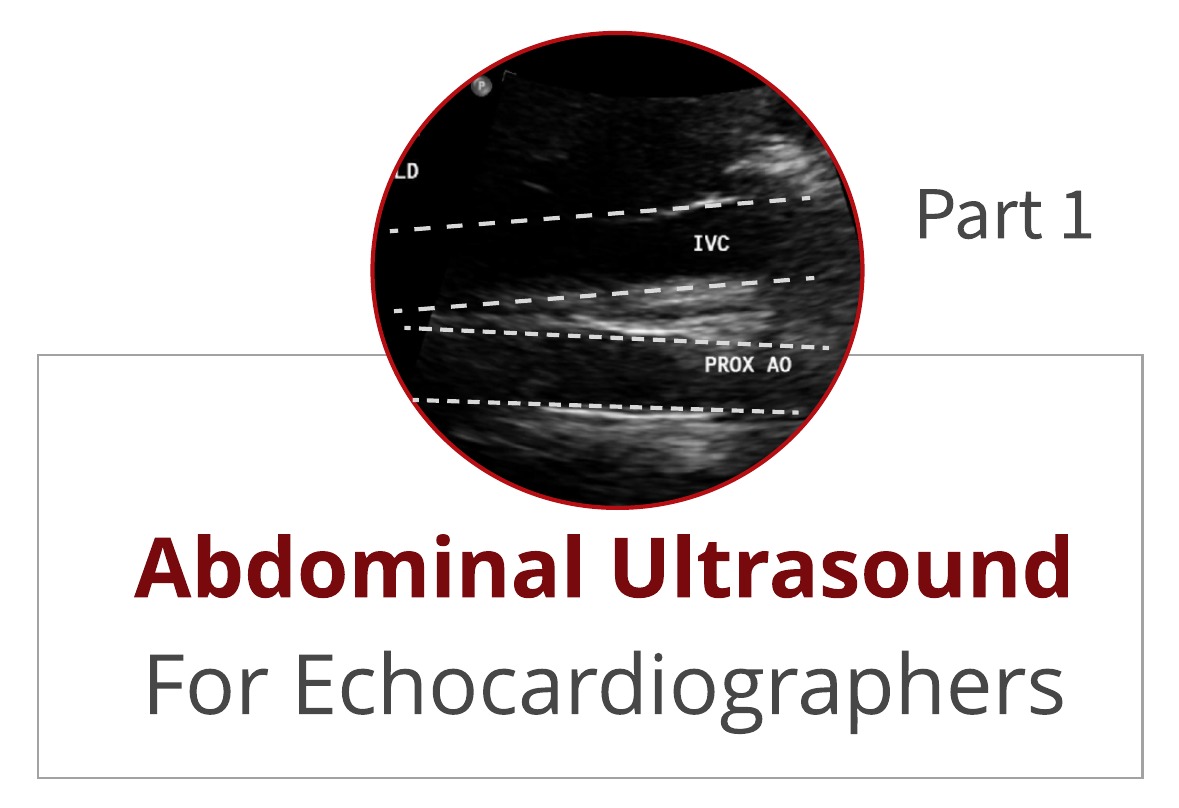Written by Andrea Fields MHA, RDCS
Last week we walked through a case study demonstration, using the ASE's chronic mitral regurgitation (MR) algorithm. This week, we have another case study to present-- let's see how you quantify the severity of MR!
Chronic MR Algorithm Chart:
Patient History:
60 year old female presented for...
Written by Andrea Fields MHA, RDCS
Our blog last week discussed the algorithm for determining the severity of chronic mitral regurgitation, provided by the ASE! If you missed it, you can find it here! Let's use this information and work through a case study together!
Patient History
A 50 year old male admitted to hospital for...
Written by Yvonne Prince ACS, RDCS, RVT, RDMS, FASE
If you have been following along with Parts 1 and 2 of this blog series, you have already learned how important landmarks are in scanning the abdominal vasculature. We provided a step-by-step method for identifying and imaging the abdominal aorta. This week in Part 3, we will discuss tips and...
Written by Yvonne Prince ACS, RDCS, RVT, RDMS, FASE
In an early blog, Abdominal Ultrasound for Echocardiographers: Part 1, we reviewed some basic tips for echocardiographers scanning the abdomen. We reviewed artifacts, image orientation and patient positioning. This week we will provide you with 6 steps to successfully identify the aorta and...
Written by Yvonne Prince ACS, RDCS, RVT, RDMS, FASE
How often have you found yourself “in over your head” in the abdomen when trying to image the IVC and abdominal aorta? Is imaging the abdominal aorta part of your echo protocol? It is not uncommon for a patient to receive an abdominal ultrasound because the echo findings mentioned the presence...
 Cardioserv Blog
Cardioserv Blog







